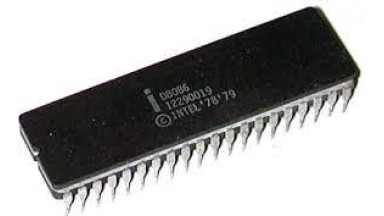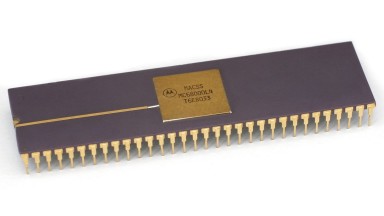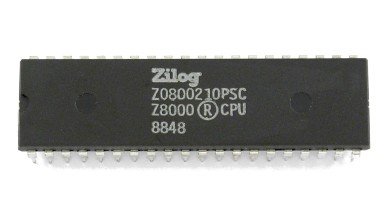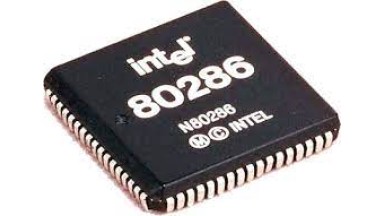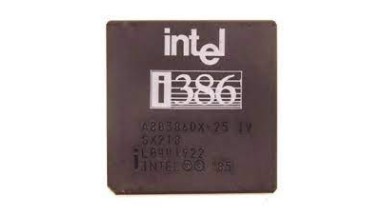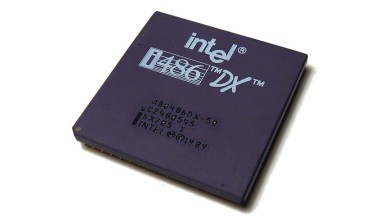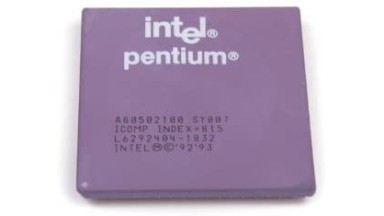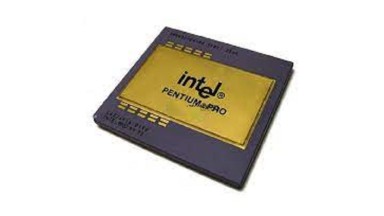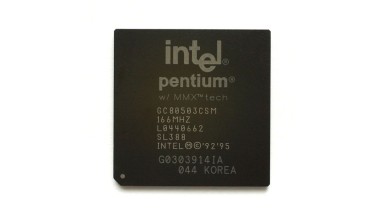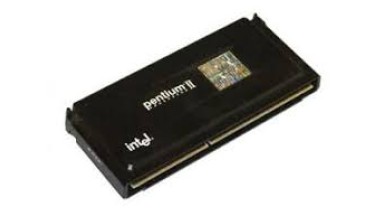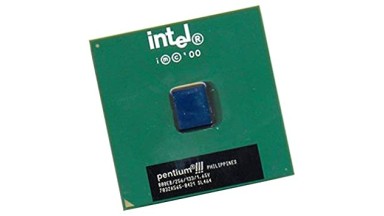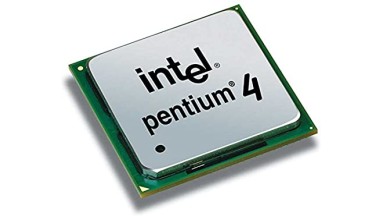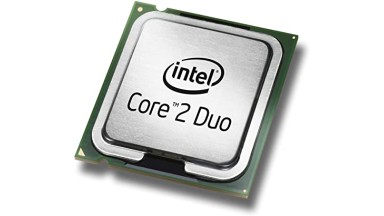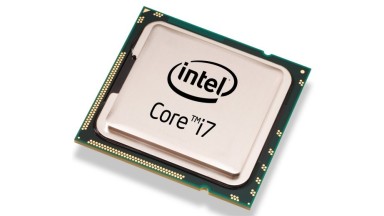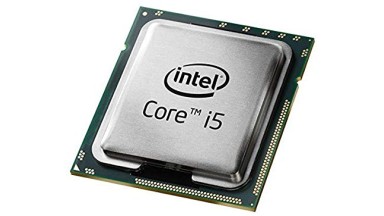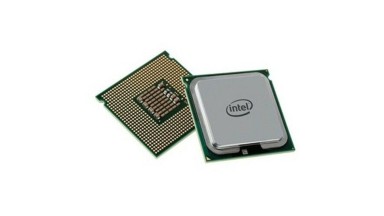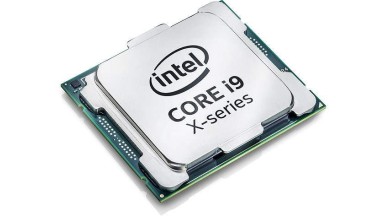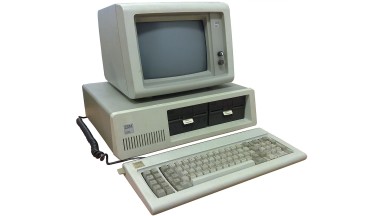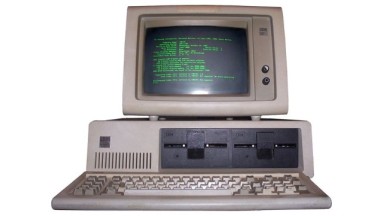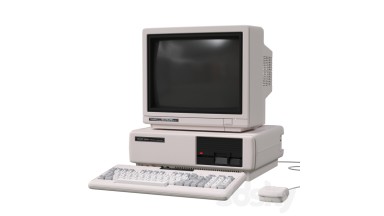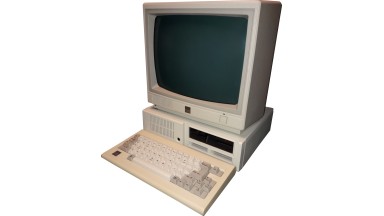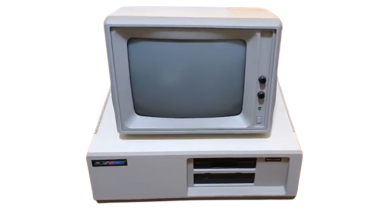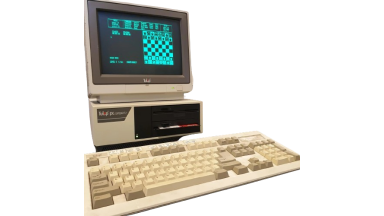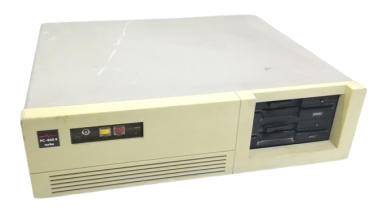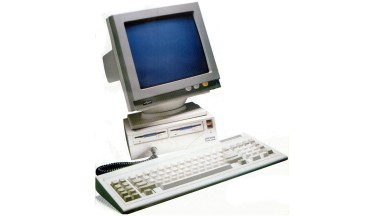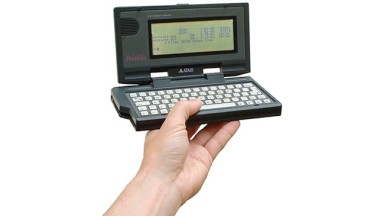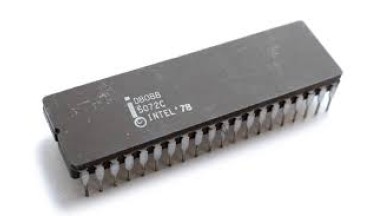
Intel 8088
Intel 8088 microprocessor technical specifications
Developed by: Intel
Launched: 1979
ALU bits: 16
Clock: 4.77 MHz
until 16 MHz
Family: x86
Registers: 16 bits
Bus: 8 bits
Mem. Address: 20 bits
Transistors: 29 000
Technology: 3 µm
Pin num.: 40 pins
Socket: DIP
A reduced-cost version of the Intel 8086 with a data bus reduced to 8 bits so that it could use circuitry from previous-generation computer manufacturers and thus reduce computer costs.
NEC's i8088 Clone
Through reverse engineering, NEC created a chip that was pin-to-pin compatible with the Intel 8088 microprocessor.
The chip has approximately 29,000 transistors, and the clock speed is between 8 MHz and 10 MHz (16 in later models).
The NEC V20's design was more efficient than the 8088, allowing it to run 30% faster at the same clock speed, depending on the application. The main feature that made it run faster was that it had hardware multiplication, while Intel's chips performed multiplication using microcode software.
